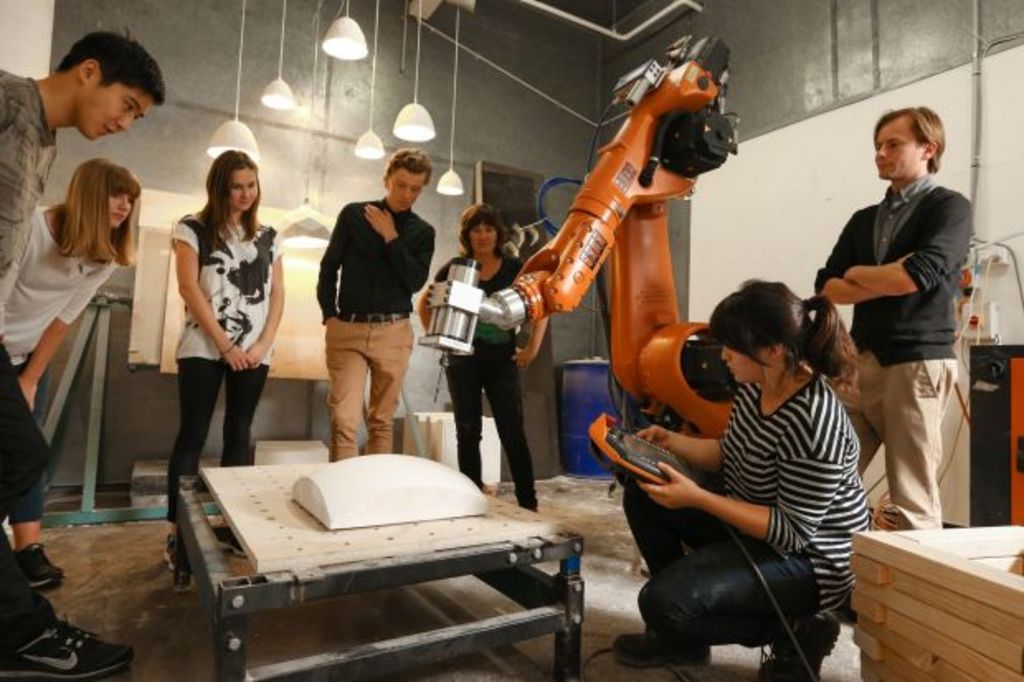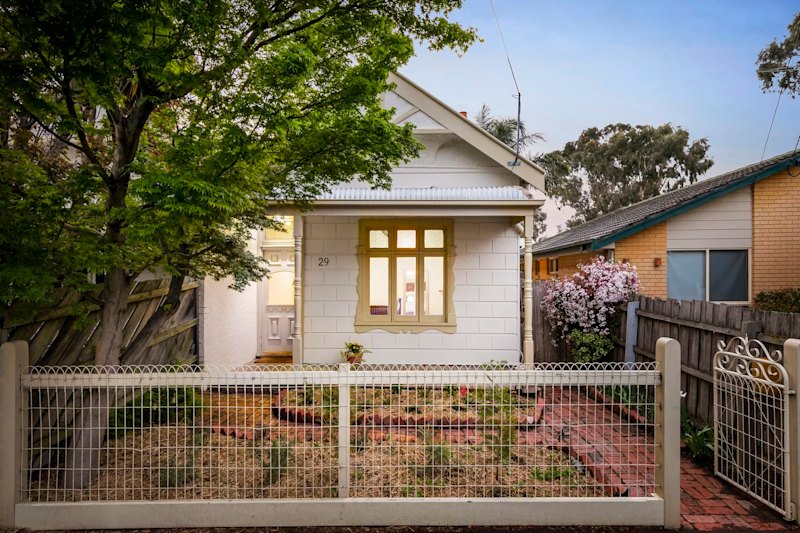Bob the Robot Builder - one day, maybe?

Already they are long time, strike-free factory workers, and they’ve proven very useful in product fabrication. But robots are fast moving into the architecture and construction industries.
A major global conference in Sydney from March 15 to March 19 will consider the latest advances in robot technology when applied to design and building, and sketch out the future possibilities of intelligent machines including operating on building sites where one day, a robot might stand in for the bricklayer.
The brickie robot arm was unveiled at the first robots in architecture or ROB/ARCH conference in Vienna in 2012, so it’s relatively old news in a rapidly innovating realm.
And according to the co-chair of the third bi-annual ROB/ARCH conference in Sydney,Dr Dagmar Reinhardt, there’s a way to go before what is now a static arm device that can deftly handle tools or manipulate bricks, can be attached to a mobile machine with responsive-enough sensors to avoid colliding with construction workers.
While the field is “fast forwarding”, Dr Reinhardt said, “the development of the sensors is what will allow a robot to understand its context in terms of the material and the workspace it is in.
“The tools are still developing,” said the researcher and lecturer with the University of Sydney’s Faculty of Architecture, Design and Planning, which is convening the conference at Walsh Bay.
“We need to get them to move in space and pass by things and people safely. But the mobile robot for on-site function is something everyone is working on”.
Another idea that excites Dr Reinhardt is “the aerial robotic constructor, a flying robot that can potentially lift and tie steel cables between 1, 2 or 3 points and allow bridges to be built”.
Robotics in building and architecture had myriad possibilities “because it lends a hand to the ‘brain’ of a computer”, she explained.
It was the extension of computer-aided design and had scope to become one of the biggest revolutions in building in many centuries because “robotics can potentially be a shortcut between architecture and building”, she said.
As well, with robots one day being enabled to craft and cut wood for instance, “and parallel the work of carpenters and craftsmen, we’ll be able to create some astonishing forms”.
However the craftsperson/builder was actually irreplaceable because expert work required expert skill and “I have great respect for them as the holders of the knowledge”.
“But it could potentially be a win-win because robots and carpenters working together could do something that potentially, neither could achieve on their own.”
While computer-aided design and material fabrication has already spawned Jetson-esque cityscapes, where skyscraper forms appear to morph and bend or create optical illusions, Dr Reinhardt said that for her the ultimate thrill of the new robotics developments lay in a more egalitarian direction.
She said she was excited that the cost and time saving potentials of a robot-aided building industry “might be able to do affordable housing for more people. So it’s not just about architecture and building but about society.
“My vision is that [robot technology] might allow us to build another city – a more liveable and affordable environment.”
ROB/ARCH 2016 involves a partnership between the University of Sydney and five other Australian tertiary institutions, and will bring together experts from 10 countries including China, Korea, Europe, the US and UK.
On March 18 between 7-9pm, the conference venue at Pier 2/3 Hickson Road, Walsh Bay, will be open for a free public exhibition.
We recommend
We thought you might like
States
Capital Cities
Capital Cities - Rentals
Popular Areas
Allhomes
More






